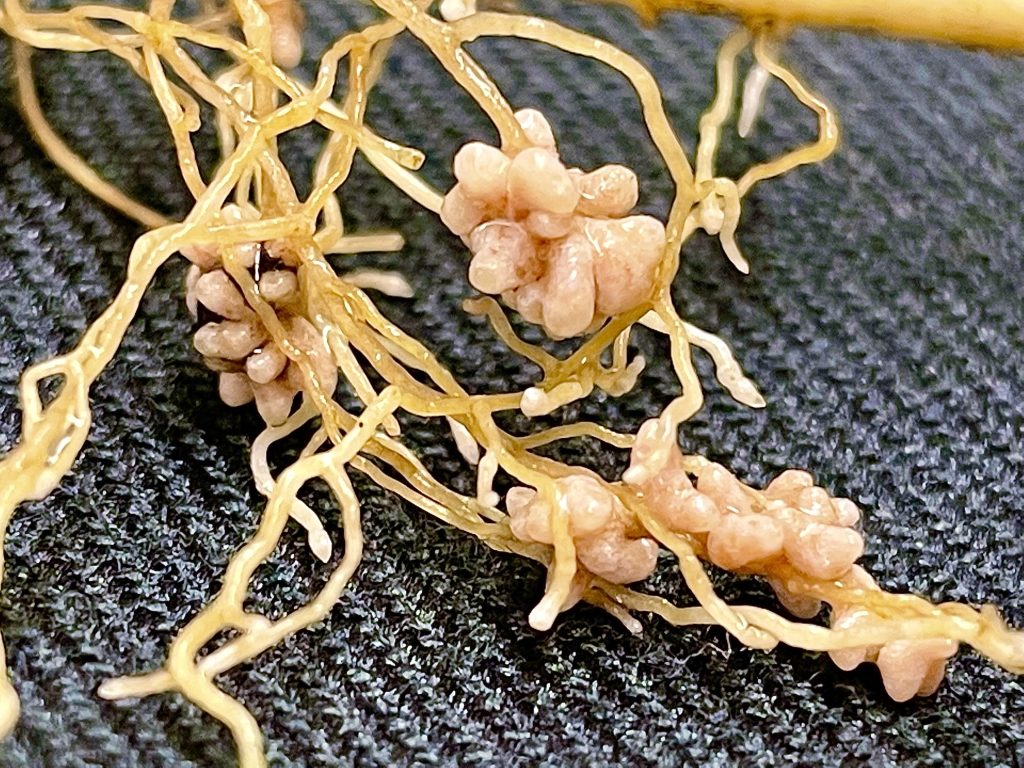Submission 2023
| Submitted by: | Danielito Dollete |
| Department: | Agricultural, Food & Nutritional Science |
| Faculty: | Agricultural, Life & Environmental Sciences |
Can forage legumes maintain being self-sufficient during droughts? We know legumes are capable of fixing atmospheric nitrogen, providing nitrogen to themselves while also enriching the soil with nitrogen sources for other plants to use. The legume–rhizobia symbiosis is a display of well-orchestrated chemical signal communication between the rhizobia bacteria and legume host. Legume release specific phytonutrients called flavonoids through their root system to attract rhizobia and activate their nodulation genes which in turn release signalling molecules specific to the legume host, and the nodulation process begins. Moisture-limited conditions will have adverse effects on legume’s above-ground and below-ground portions. I aimed to determine the effect of drought on nodulation and symbiotic nitrogen fixation among other parameters.
The decline in nodule number is strongly correlated with decreased plant biomass, root architecture, and symbiotic nitrogen fixation, elucidating the importance of nodulation in nitrogen fixation required for plant growth and yield. Just by discovering the link of nodulation to these parameters, my research has layout pieces of evidence that to produce drought-smart forage legume varieties, plant breeders should take into account the role of having robust drought-resistant nodules in the success of these species in moisture-limited environments.

